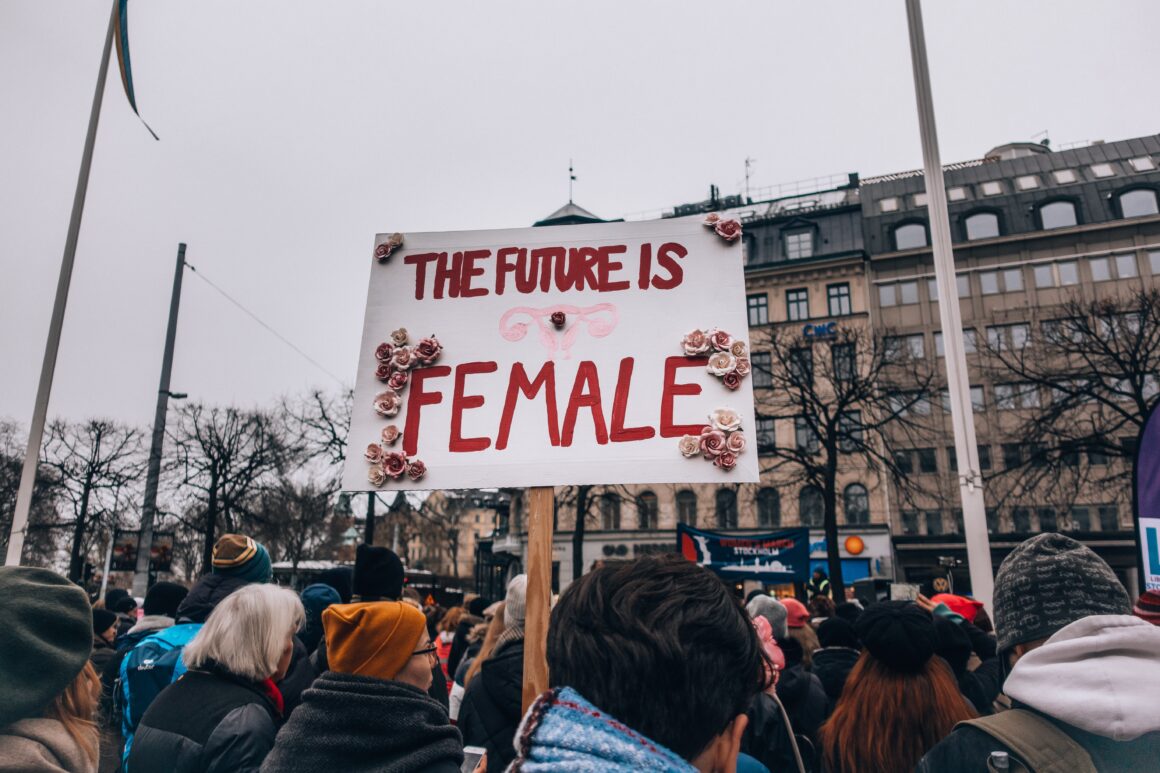There is no such thing as a single-issue struggle because we do not live single issue lives. Audre Lorde
Anyone who has ever been in a classroom knows the tension and side-eyed glances that come with discussing social issues. Especially in male-dominated, conservative environments, it can be difficult to have intellectual debates about somewhat “radical” subjects. This past week, I’ve been involved in a classroom discussion about feminism, and the topic will continue to be discussed in coming weeks for my class. I thought this would be an easy plane to navigate, since I have identified as a feminist for a long time. When my teacher, who happens to be a man, introduced the topic of feminism, I instantly knew that it was going to be more difficult than I thought. His definition, which so many other people share, did not include intersectional inclusion.
The curriculum of feminism has changed. While the infamous wage-gap and body shaming still exist as large problems within our society, they are not the only problems that should be discussed when it comes to feminism. The idea of intersectionality should be taught right off the bat; when students are exposed to feminism they should be taught that it is not only about equality between the sexes, but people of all sexualities, races, genders, disabilities, economic background, etc.
The teacher I mentioned before showed us a handful of videos about feminism. There was one that stuck out to me, but not in a good way. This video is a slam poem about overcoming the societal standards for beauty that are imposed on girls at a young age. While the message is certainly a beneficial one, it comes from a privileged perspective. Because some girls are not lucky enough to simply be worried about vanity. Some girls are worried if they will make it to school alive before another airstrike. Some girls are worried they’ll be kidnapped and sold into child trafficking. Some girls are worried about being shot for the color of their skin or for their choice of religious clothing. To clarify, it was a good message but it was bare; to me, it lacked many of the issues that should be mentioned when discussing feminism. For those of us in privileged standpoints, we should spend more time bringing attention to feminist issues that lie under the radar of mainstream social media, such as girls education in third world countries and equal treatment for people of genders that lie outside of female.
This teacher also showed us Emma Watson’s 2014 UN speech about the HeForShe campaign. We are all well aware that Emma exhibits white feminism, which excludes some ideals of feminism so it only fits a very small, conservative audience: white women, straight women, and rich women to name a few. Although she calls herself a feminist, she bashed Beyonce for embracing her sexual identity. She is now under fire for posing for a Vanity Fair shoot despite her comments on showing off a woman’s body. However, that is a different story. After watching the video, I suggested to my teacher that we explore feminist literature and art that come from different perspectives: from women of color, queer women, and poor women from around the world.
This will continue to be an interesting topic to discuss within my class and although I’m wary, I am confident in my teacher’s and classmates’ abilities to open up their definitions of feminism to mean freedom and equality for all, not just a tug-of-war between girls and boys. I urge all feminists to explore their ideals and reevaluate their own values when it comes to truly being an intersectional feminist. Speak up when these conversations go public, because times are changing, and we must educate people about the entirety of the diverse, complex issues that face modern feminists.



Comments are closed.